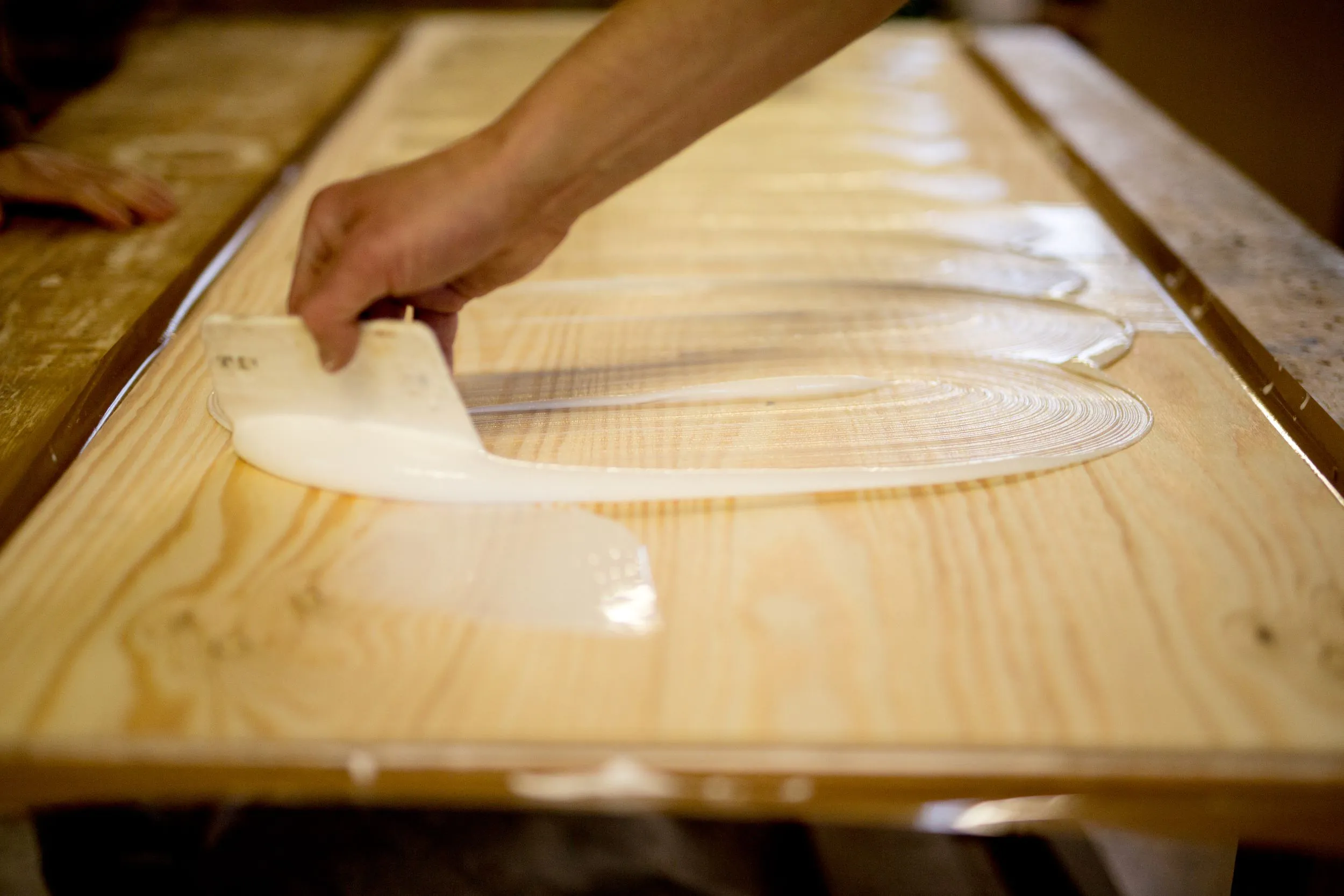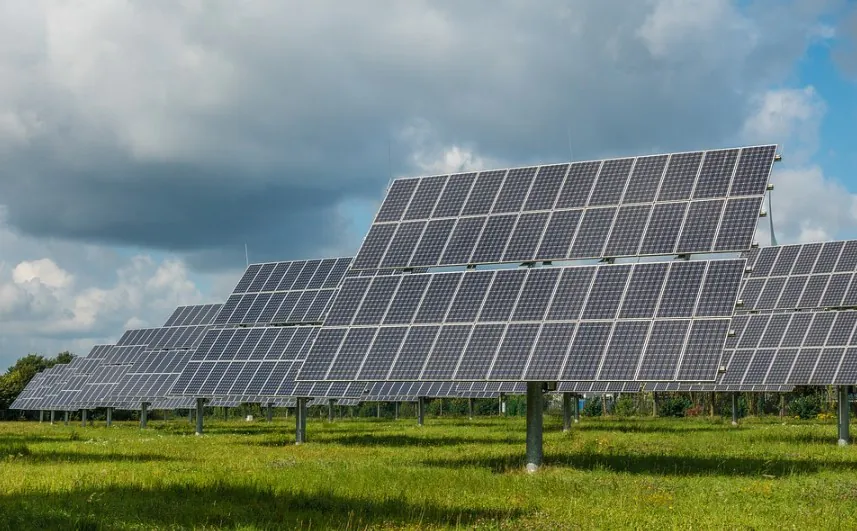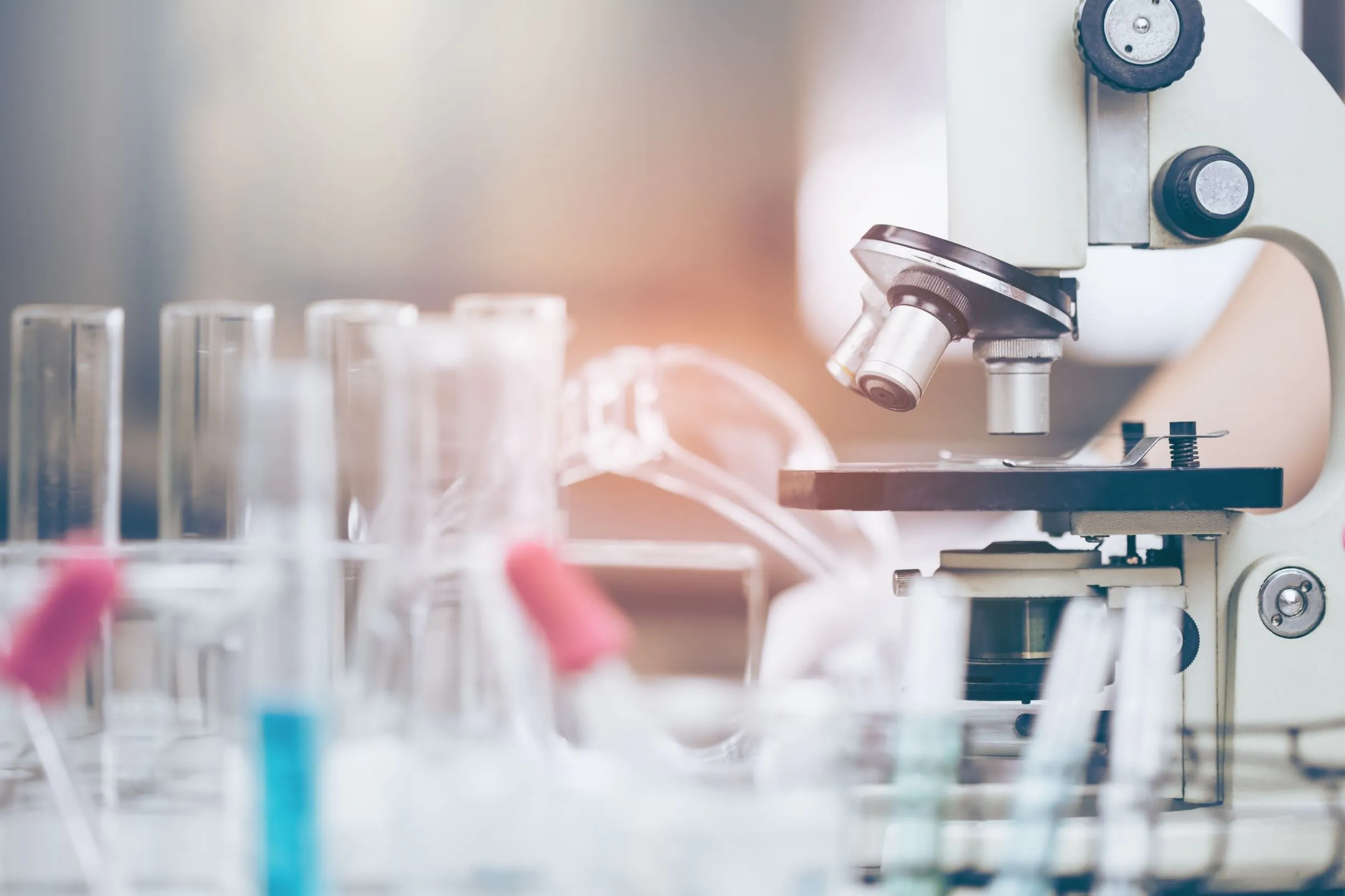Industrial adhesives are designed to provide durable bonds under high stress and in extreme environments, and come in a wide range of products for a wide variety of applications. They’re used across industries such as automotive, construction, electronics, packaging, aeronautics, textiles, and many others. Such diverse applications require diverse features, and the best type of adhesive to use in a given situation will depend on factors such as the type of material being joined, the type of stresses the joint will be under, the type of environment the joint will typically be in, and the environment in which it will be assembled.
What Are Industrial Adhesives and How Do They Work?
Most adhesives used for industrial applications are synthetic. Some of the most common are epoxy, polyurethane, and acrylic adhesives, though there are many others as well. Each type has different qualities that make it a good fit for some materials and environments but a bad fit for others. It’s therefore essential to understand the properties of the materials to be attached as well as the stresses they will be under when selecting an appropriate industrial adhesive.
Industrial adhesives are cost commonly categorized by chemical composition or by adhesion properties. Types of adhesion properties include:
- Hot melt adhesives are softened by heat and set by cooling. They can be repeatedly melted and set, allowing for parts to be repositioned during assembly.
- Pressure-sensitive adhesives (PSAs) and contact adhesives stick to surfaces with light pressure and do not require additional substances or head in order to activate. This makes them easy to use in a variety of settings, including when working with large surface areas or when it may be challenging to hold materials together for an adhesive to set.
- Thermoset adhesives are cured using either heat alone, or heat and pressure together. This provides strong creep resistance (resistance to distortion over time when subject to a heavy load).
- UV curing and radiation curable adhesives are cured using ultraviolet light or another source of radiation, creating a permanent bond without requiring the use of heat.
In terms of chemical composition, each type of adhesive has its own set of properties, strengths, and limitations.
Epoxy adhesives have high mechanical strength, allowing them to bear heavy loads and resist impacts. They come in single-component and two-component forms. Single-component epoxy adhesives set using heat, which can be applied via an oven, an induction or infrared system, or a heat gun, and can take between half an hour and two hours. Two-component epoxy adhesives set at room temperature and can take anywhere from a few minutes to a few hours.
There are three main types of epoxy adhesives: rigid, soft, and strong. Rigid adhesives are strong, making them ideal for joining rigid materials and for bearing static weight, but don’t have the flexibility that soft adhesives do. Soft adhesives are more resistant to impact, peel, and cold temperatures, and are useful for joining different materials with different expansion coefficients. Strong adhesives offer the qualities of both rigid and soft adhesives.
Acrylic adhesives offer strong environmental resistance and set quickly compared to other resin adhesives, generally in five to thirty minutes. They also tend to be cheaper than epoxy. They are primarily used to join materials such as glass, wood, or plastic to metal. Cyanoacrylates are gel or liquid adhesives that bond almost instantly at room temperature and can be used with infiltration assembly or on vertical surfaces. They require moisture in order to be effective. While cyanoacrylates work quickly, they offer less resistance to impacts and to high temperatures.
Polyurethane adhesives have strong flexibility, durability, and impact resistance, and are frequently used in construction and carpentry. However, they have less strength than epoxy adhesives and are less resistant to high temperatures in the environment. These adhesives are available in single- and two-component formats, with single-component adhesives requiring some amount of humidity in order to set.
Silicone adhesives are highly flexible and resistant to high temperatures, solvents, and UV light. While they don’t have a high mechanical strength, they resist dynamic stress well. Like polyurethan adhesives, single-component silicone adhesives require moisture to set.
How Do You Choose the Right Industrial Adhesive?
Because every surface material and each assembly environment have different properties, it’s essential to select an industrial adhesive that performs well with those properties, and that can withstand whatever daily wear and tear the finished product is expected to undergo. Picking the best adhesive for the job will reduce waste (of both materials and time), cut down maintenance requirements, and improve reliability, all of which can minimize costs and allow for more efficient operations.
One of the first things to check is material compatibility. There are adhesives available for a wide range of materials, such as glass, plastic, wood, metal, fabric, and ceramics, but what works well for one substance is often unsuited for others. Qualities such as porousness, flexibility, smoothness, and moisture levels impact how well something will adhere.
It’s also important to keep in mind that not all materials within a given category have identical properties. For example, some plastics have lower heat tolerances than others, and may therefore not be compatible with adhesives that require heat during the application or curing processes. Different metals can also have significantly different characteristics from each other. Working with a supplier that has in-depth knowledge of these interactions can help you select an industrial adhesive that’s compatible with your materials.
The environment in which the adhesive will be used is a relevant factor as well. Temperature, humidity, UV exposure, dust, and any chemicals that might be in the space can all impact an adhesive’s effectiveness. Also very relevant is the environment in which the adhesive will be performing. Temperature and humidity can again affect the longevity of the joint, as can the amount and type of stress it will be under (such as vibration, heavy load, shocks, etc.). Temperature is one of the most important factors, as extreme temperatures or significant fluctuations can weaken the adhesive. If the substance you use will be subject to temperature fluctuations, it will need to be able to expand and contract with the materials it’s bonded to.
Assembly time is another key factor. Some industrial adhesives set almost instantly, while others can take minutes or hours to set, or may only set with the application of UV light or radiation. Depending on how long you will be working with the materials being glued together, some adhesives may set too quickly or slowly for your needs, or you may need to adjust your assembly process in order to accommodate the adhesive you’re using.
A good relationship with a knowledgeable supplier can also be greatly beneficial when selecting adhesives. A supplier with experience and a strong track record will be able to help you determine what adhesive technology will best meet your needs, and inform you of any weaknesses or trade-offs. They should also understand industry needs and standards. A supplier with a diverse range of adhesives will be better able to help you find a perfect solution, and some offer the ability to customize adhesives based on your requirements. They may also provide technical support and advice, enabling you to troubleshoot any problems more easily.



